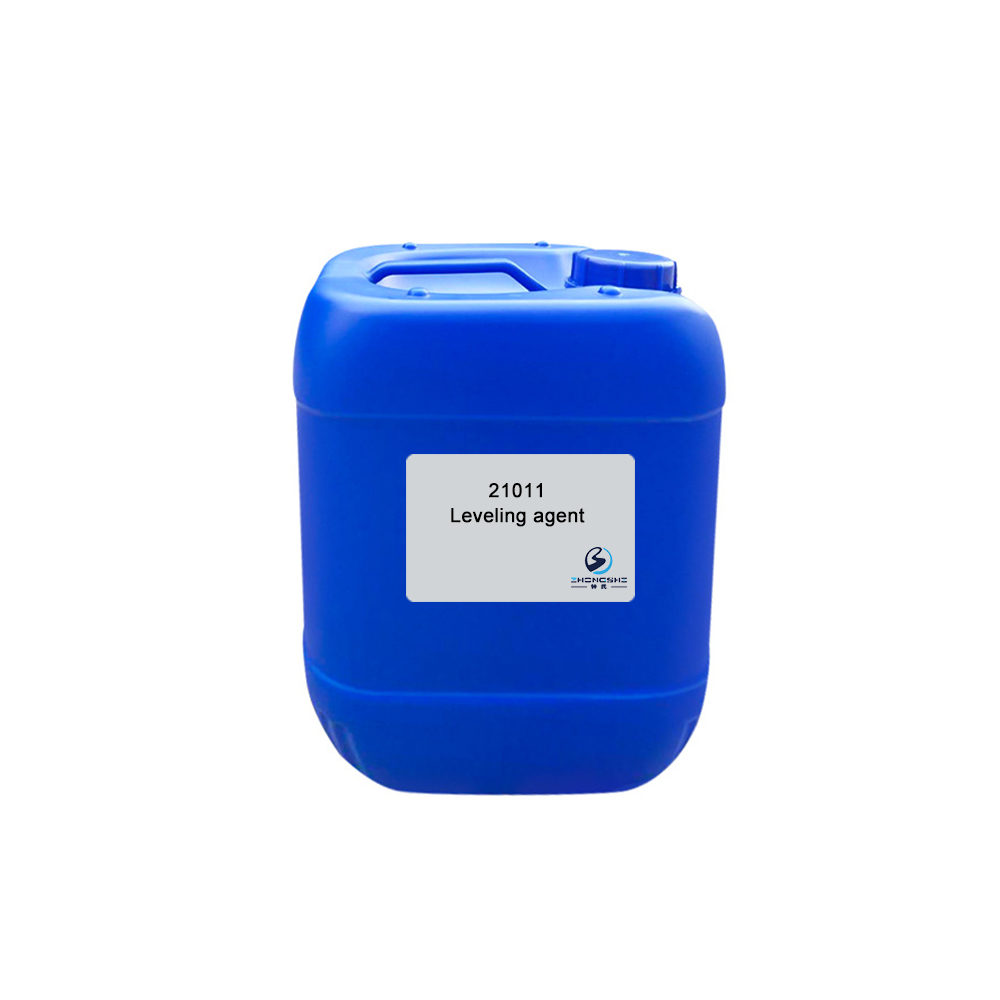Fixing Agent Textile Chemicals For Cotton Fabric 23121
Features & Benefits
- Contains no APEO or formaldehyde, etc. Fits environmental protection requirements.
- Significantly improves washing color fastness, perspiration color fastness, wet rubbing color fastness of direct dyes and reactive dyes. Not influences light fastness.
- Obviously improves the washing color fastness, perspiration color fastness and soaking color fastness of reactive bright red and black.
- Extremely little color fading and color shade changing.
- Can be used together with cationic or nonionic softener directly in same bath process.
Typical Properties
| Appearance: | Yellow transparent liquid |
| Ionicity: | Cationic |
| pH value: | 5.5±1.0 (1% aqueous solution) |
| Solubility: | Soluble in water |
| Content: | 41% |
| Application: | Cotton |
Package
120kg plastic barrel, IBC tank & customized package available for selection
TIPS:
Reactive dyes
These dyes are produced by the reaction of a dichloro-s-triazine dye with an amine at temperatures in the region of 25–40°C, resulting in the displacement of one of the chlorine atoms, producing a less reactive monochloro-s-triazine (MCT) dye.
These dyes are applied in the same manner to cellulose except that, being less reactive than the dichloro-s-triazine dyes, they require a higher temperature (80°C) and pH (pH 11) for fixation of the dye to the cellulose to occur.
These types of dyes have two chromogens and two MCT reactive groups, therefore having much higher substantivity for the fiber compared to the simple MCT type dyes. This increased substantivity allows them to achieve excellent exhaustion onto the fiber at the preferred dyeing temperature of 80°C, leading to fixation values of 70–80%. Dyes of this type were and still are marketed under the Procion HE range of high efficiency exhaust dyes.
These dyes were introduced by Bayer, now Dystar, under the name Levafix E , and are based on the quinoxaline ring. They are slightly less reactive when compared with the dichloro-s-triazine dyes and are applied at 50°C, but are susceptible to hydrolysis under acidic conditions.













